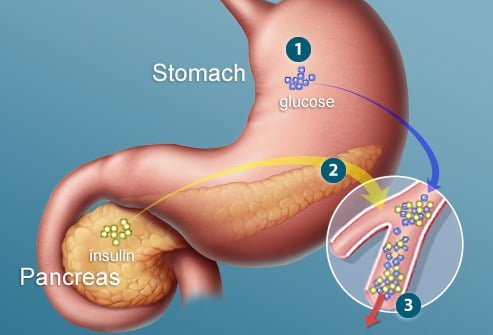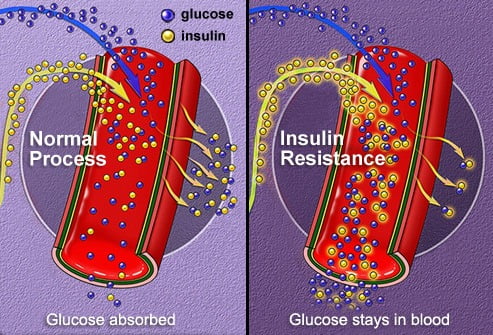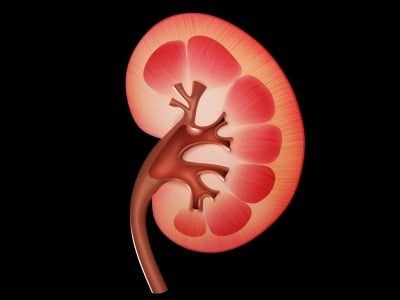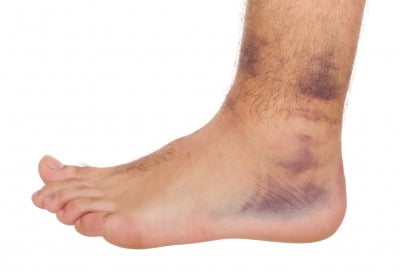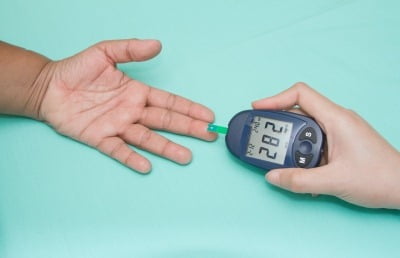When it comes to diabetes many people are unaware about the risks and symptoms of the disease. In this article we bring some insights about type-2 diabetes which is the most common type of the diabetes that occur in almost all the age groups.We also focus on everything you need to know about type 2 diabetes which is common in most people.
Introduction to Type-2 Diabetes:
Type-2 Diabetes occurs in people of all age groups, and early symptoms are subtle.In fact one out of two people suffering with type-2 diabetes don’t know that they have it. Many ignore the early symptoms of type-2 diabetes which lead to several complications like risk of heart diseases, kidney failure, loss of eyesight, nerve and organ failure/damage and other vital organ failure/damage.
Type-2 Diabetes can be defined as a chronic condition in which the body is unable to absorb/utilize the carbohydrates in the food for energy. This results in increased blood sugar.
Early symptoms:
Although symptoms may not be seen in some individuals, it is better to know them and visit doctor if you feel that you are at risk.
Increased thirst.
Increased appetite.
Frequent urination.
Dry mouth.
Unusual weight loss/gain.
These are followed by headaches, blurred vision and fatigue.
In most cases type-2 diabetes is not discovered until it takes toll on health. One such noticeable toll on health is
Slow healing of cuts/sores.
Frequent urinary tract infections/yeast infections.
Itchy skin.
Diabetes can cause damage to blood vessels which in turn causes sexual dysfunction in both males and females.
In women if they have gestational diabetes when pregnant puts them at higher risk for developing type 2 diabetes later on. Women who give birth to a baby weighing over 9 pounds are also at risk. Having a history of polycystic ovary syndrome can also cause insulin resistance that can lead to diabetes
.
Know about insulin and how it works
In healthy person insulin helps convert carbohydrates from food we eat to energy in an efficient manner.
Let’s have a clear picture of what happens in our stomach
Glucose then enters the bloodstream, which stimulates the pancreas to release insulin in just the right amount. Insulin, a hormone, allows glucose to enter cells throughout the body, where it is used as fuel.
Excess glucose is stored in the liver.
If the person is suffering with type-2 diabetes due to metabolism mishap the cells cannot absorb glucose properly. This results in increased glucose in blood. This is called insulin resistance. In this condition the body makes excess insulin but the muscles, cells, fat cells, liver don’t use the insulin properly. If left uncontrolled/undiscovered in long term the pancreas will reduce producing insulin.
Diagnosing Type-2 Diabetes
Simple Blood test reveals whether you have been suffering from diabetes or not.A1C blood test gives an overview of your blood sugar levels in past 2-3 months. An A1C level of 6.5% or higher may indicate diabetes. In case of fasting glucose plasma test a test result of above 126 is considered diabetes. Your doctor may order to take random glucose and glucose test after 2 hrs of eating food also to determine the diabetes correctly.
What happens if diabetes is undiagnosed/left uncontrolled?
In long term uncontrolled type-2 diabetes leads to serious complications.
About two out of three people die of heart diseases who are suffering from diabetes. Diabetes increases the risk of stroke/heart attack in individuals suffering from diabetes. People suffering from diabetes have plague formation in their arteries which leads to blood clots and hardening of blood vessels further increasing the risk of stroke.
Kidney failure:
Long term diabetes which is uncontrolled leads to kidney failure/improper functioning of kidneys. Diabetes is the leading cause of kidney failure.
Loss of Eyesight:
High Blood sugar levels can damage blood vessels that are vital in retina of the eye. This is called diabetic retinopathy. This is irreversible vision loss. Diabetes is also the leading cause of new cases of blindness every year.
Nerve Pain:
Uncontrolled diabetes causes the real risk of nerve damage. Symptoms include numbness, tingling, needles sensation often in fingers, hands, toes or feet. The damage is irreversible.
Damage to Feet:
Nerve damage accompanies feet damage. As one can’t feel things properly due to nerve problems, it becomes to feel the injury that happens to feet. In addition to this hardening of arteries hinder proper flow of blood to feet. This results in severe damage to feet even for a small injury, if left undiagnosed small injury can lead to amputation.
Controlling/managing diabetes:
Fortunately diabetes can be managed; one can keep blood sugar levels under control by changing their lifestyle, food habits, keeping stress under control, controlling hypertension (if you have).
Diet plays a major role in controlling blood sugar levels in a diabetic, ask your doctor for a diet plan according to your region and food habits. Always keep in mind that eating small meals frequently helps you manage your blood sugar levels under control than three large meals daily. Diabetic should be food conscious and carefully monitor intake of carbohydrates, fats, protein in their diet.
Exercise plays the next role in managing diabetes.Individual suffering from diabetes should try to exercise/workout at least for 30 minutes daily. Being active not only helps reduce fat, control sugar levels but also prevents heart disease risk. Walking is a simple activity that anyone can do hence most doctors suggests people to walk 45 minutes daily. Strength training and aerobics also helps in your exercise routine, always talk to your doctor before starting any exercise.
The third and most important thing to manage is stress, people suffering from type-2 diabetes should manage stress. Everything turns negative when you are fighting with diabetes. So keep your stress under control, learn some stress reducing tips, we have posted earlier. Relaxation techniques like meditation and breathing exercises are helpful and instantly bring down blood pressure to normal levels.
Medications to manage diabetes:
When people with type-2 diabetes are unable to control/keep their blood sugar, doctors prescribe medicines. There are many types of oral medicines like tablets/capsules which help the individual sugar levels to be stable. They work either by increasing the insulin production or blocking the digestion of starches or both. Apart from pills doctor may also prescribe insulin. Insulin is given through injections and also through non injections.
Insulin therapy is a condition in which the patient/individual body is no longer capable of producing insulin on its own. In this case insulin is injected to patient body daily through injections. This is a serious condition and many can’t afford such kind of treatments. Controlling the blood sugar levels in early stages is the only way to prevent oneself from reaching to such a condition.
Testing Blood Sugar Levels
When you are undergoing diabetes treatment, testing glucose levels in blood is very important. Commonly Glucose testing involves fasting sugar test, after meal test, random sugar test. Checking sugar levels often lets you know how controlled your sugar levels are and also helps you to speak with your doctor in your treatment.
Prevention is better than cure this stands well in case of Diabetes:
There are some risk factors that we can control and some are not. The more risk factors we have more chances of developing type-2 diabetes.
These are in our hands:
If we develop some healthy habits, lifestyle and manage medical conditions we can help prevent these odds from developing type-2 diabetes.
->Being Overweight, especially at waistline.
->A sedentary Lifestyle
->A diet high in processed foods, fats, sweets and red meat.
-> Abnormal cholesterol and blood fats, such as HDL “good” cholesterol lower than 35 mg/dL or a triglyceride level over 250 mg/dL.
These are not in our hands:
These are the other risks that we cannot prevent/control.
Race/Ethnicity:
According to a research Hispanics, African Americans, Native Americans, and Asians have a higher than average risk of developing type-2 diabetes.
Hereditary:
Family history of diabetes also a risk that can boost the development of type-2 diabetes. Having a parent/sibling history of diabetes increases your risk.
Age factor:
If you are 45 or older you are at risk of developing type-2 diabetes.
Making healthy eating habits,exercising,living a healthy lifestyle is the only way to stay prevented to some extent from diabetes.Thanks for reading.
Images credit Freedigitalphotos.net parts of this article contains information sourced from American hearth Health Association,Diabetic Association,Research Papers and Doctors advices.
http://www.getlifetips.com Some Rights Reserved,Contents sharing and distribution should be done only under creative commons license.

